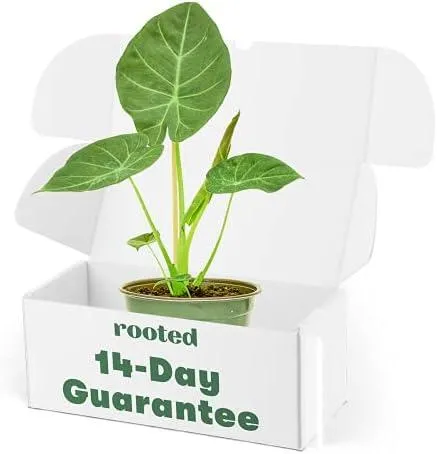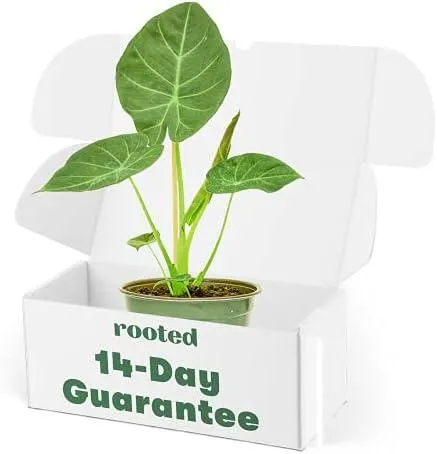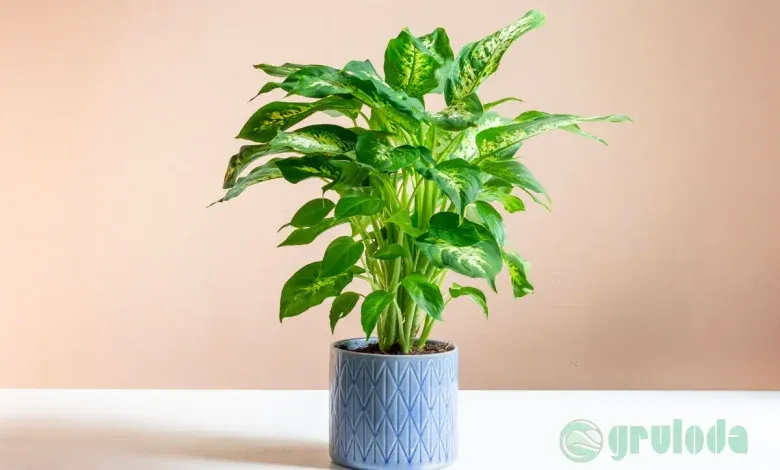A Complete Guide to Growing Beautiful Velvet Houseplants
Whether you’re looking to add some lush greenery or soft textures to your indoor spaces, velvet houseplants are perfect choices. Their velvety leaves give these plants amazing visual appeal and make them a real conversation starter. In this article, I’ll discuss the various types of velvet houseplants commonly grown as indoor plants, their care requirements, growing tips and more.
Popular Velvet Houseplant Types
Here are some of the most popular velvet houseplant varieties:
- Peperomia – With over 1000 species, peperomias come in an amazing array of leaf shapes and colors. Some common velvety varieties include Peperomia caperata ‘Rosso’ with its burgundy leaves and Peperomia obtusifolia ‘Variegata’ with green and creamy white leaves.
- Chinese Money Plant – Also known as Pilea peperomioides, this oval-leafed beauty has stunning dark green leaves that feel like velvet. It’s extremely easy to grow.
- Polka Dot Plant – Featuring heart-shaped leaves patterned with dark green and cream splotches, Hypoestes phyllostachya makes a striking addition to any space.
- Velvet Calathea – Calathea makoyana puts on a beautiful display with its deep emerald leaves featuring pale green veins. It’s one of the showiest calatheas.
These are some of the most commonly available velvet houseplants. However, there are other beautiful varieties like Rhaphidophora tetrasperma mini and Maranta leuconeura erythroneura that are also worth exploring.
Care Requirements of Velvet Houseplants
While velvet houseplants vary in their specific care needs, here are some general tips:

- Water – Make sure the soil is moist but not soggy. Allow the top inch to dry out between waterings. Most like high humidity.
- Light – Provide bright, indirect light. They may scorch in direct sun. Increase light gradually if moving from low to high light.
- Temperature – Maintain temperatures between 65-80°F. Some can tolerate slightly cooler or warmer temps.
- Fertilizer – Feed monthly in spring and summer with a dilute balanced houseplant food. Reduce feeding in fall and winter.
- Pruning – Prune off any damaged or diseased parts. Control leggy growth by pinching back new growth.
With the right care tailored to each plant’s needs, velvet houseplants make wonderful low-maintenance additions to any home or office.
Creating the Right Environment
Choosing the right spot and providing optimal growing conditions will help your velvet houseplants thrive. Here are some tips:
- Place in a spot with bright, indirect light away from direct sun or very low-light areas. South- or east-facing windows usually work well.
- Consider using a pebble tray or humidity tray to increase humidity around the plants, which most appreciate.
- Check the soil and repot in well-draining potting mix if needed. Velvety plants are prone to root rot in soggy soil.
- For Calatheas and Peperomias especially, ensure water has neutral pH to avoid mineral buildup on leaves over time.
- Monitor conditions and be ready to make adjustments like moving plants if needed. Observation is key to success.
With some finesse in choosing the right growing spot and maintaining soil and moisture levels, your velvet leaves will thrive indoors for many years.
Tips for Maximizing Beauty and Health
To really dial in your care and ensure your plants stick around, consider these extra tips:

- Clean leaves gently with a damp cloth to remove dust and restore their lush appearance. Wipe both sides.
- Rotate plants periodically to encourage even growth and prevent leaning. This is especially useful for plants near windows.
- Start a pruning regimen to control size and shape or remove damaged parts for a polished look indoors.
- Check carefully for pests like spider mites. Isolate and treat immediately if any issues appear. Prevention is key indoors.
- Consider a foliar spray or pebble tray to boost humidity on very dry days when heating or A/C are in use.
- Be prepared to repot upsize annually for thriving specimens. Repot in early spring for new growth.
With some tender loving care and attention to optimizing their growing conditions indoors, your velvet plants will reward you with their lush textures and tones for many years to come!
I hope this guide has provided helpful answers to any questions about selecting, caring for and enjoying these beautiful velvet textured houseplants. Please feel free to reach out if you have any other queries.
Important Considerations for Choosing a Velvet Houseplant
| Plant | Light Conditions | Water Needs | Care Tips |
|---|---|---|---|
| Chinese Evergreens | Medium to bright indirect light | Water when top inch of soil is dry | Keep soil lightly moist, prune leggy branches |
| Zebra Plant | Bright indirect light | Let soil dry slightly between waterings | Place in humid area, mist leaves regularly |
| Peperomia | Bright indirect light | Water when top inch of soil is dry | Trim off dried or browning leaves, propagate from stem cuttings |
| Polka Dot Plant | Medium to bright light | Water when top inch of soil feels dry | Provide humidity, prune leggy growth for bushier appearance |
FAQ
-
What kinds of light does velvet houseplant need?
The velvet houseplant needs medium to bright, indirect sunlight. Too much sunshine can cause the velvet-like leaves to burn. On the other hand, too little light and the plant may drop its leaves. A spot near a window that gets morning or afternoon sun is perfect.
-
How often should I water my velvet plant?
Velvet plants need consistently moist soil but not soaked. Basically, you’ll want to water when the top inch of soil is dry. During the growing season from spring to fall, every 7 to 10 days is usually sufficient. Perhaps cut back waterings to every 2 weeks or so in the colder months when the plant is less active.

-
What kind of soil is best for velvet plants?
A rich, well-draining potting mix works great for velvet houseplants. The soil shouldn’t stay soggy or the roots may rot. A mix with compost or worm castings provides nutrients. You could even add some perlite or gravel to the bottom of the pot for better drainage if you live in a humid area.
-
How often should I fertilize my velvet plant?
During the growing season when the plant is putting out new leaves, monthly applications of a dilute liquid houseplant fertilizer does the trick. Be sure to follow label instructions and cut back on feeding in the winter when growth slows. Too much fertilizer may cause leaf drop.
-
Can velvet plants be moved outdoors in the summer?
As long as your velvet plant has been in a sunny spot indoors, it can enjoy some time outside when temperatures are warm. Pick a spot with afternoon shade. Bring it in before nightfall or if chilly weather is forecast. Just don’t leave it out if temperatures dip below 55°F. Bugs and sunlight may also brown the delicate leaves.
-
Why are the leaves on my velvet plant turning brown?
Brown velvet leaves could be due to too much sun, dry air, or over-watering. Maybe check the soil moisture and cut back on sun exposure. Leaf drop often happens when plants are moved or repotted as well. Try not to panic – velvet plants are pretty tough and may produce new growth with improved care. Let’s hope those stunning leaves grow back in no time!

-
Are velvet plants toxic to pets?
According to experts, the leaves, stems, and berries of velvet plants are poisonous if eaten by cats or dogs. The plant contains calcium oxalate crystals which can cause upset stomach, vomiting, and even potential kidney damage in pets if large amounts are consumed. It’s best to keep your furry friend away from any houseplants, just to be safe.
